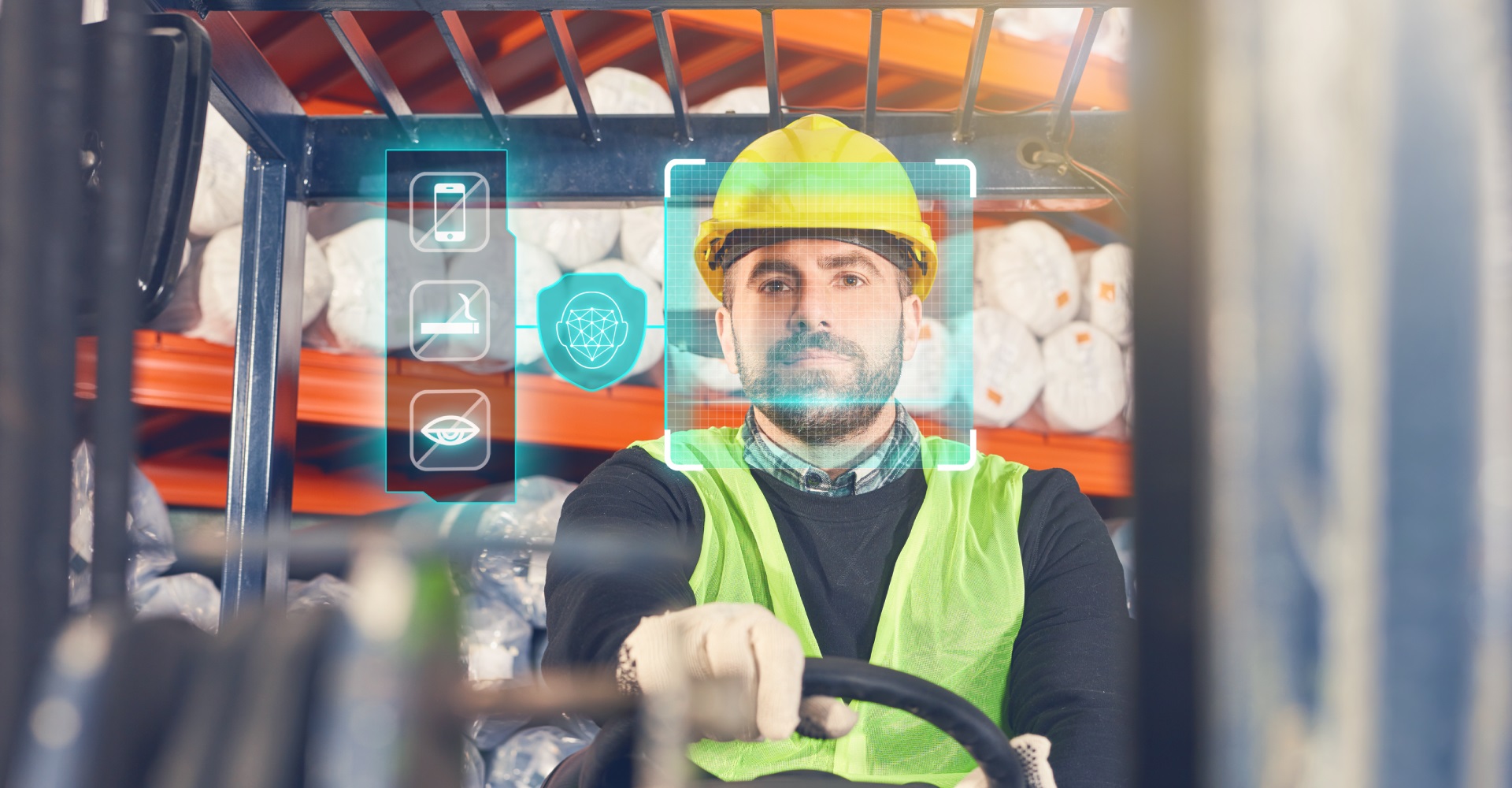Prevention is the fastest, most efficient, and inexpensive way to protect your most valuable assets: people.
Morally and financially, preventing accidents that involve injuries to people should be your highest safety priority. Workplace accidents involving heavy equipment, loads and site infrastructure often cause severe staff injury or even fatalities. Even when accidents don’t harm a human directly they often result in a potential increased work-space risk of harm to your staff.
According to OSHA, in the US alone there are 110,000 forklift accidents per year, with 80% of those involving pedestrians. Of warehouse fatalities, 20% of those are attributed to forklift related accidents and a forklift has a 90% chance of being involved in a serious injury or fatal accident in its operational lifetime. Wow!
Those figures put employees working in and around forklifts and warehouses in a high-risk category for accidents with the potential for devastating consequences. These types of accidents also incur extremely high costs. Medical care expenses, insurance liability claims, legal penalties, and operational disruption expenses are just the beginning. Physical damage to the facilities, equipment, and stock are compounded by increased employee turnover, recruitment, and training costs. The US National Safety Council research puts the extended costs per forklift-related accident at an estimated US$188,000.
The wisdom of applying small technology investments in Forklift Safety Systems (FSS) to your existing forklift fleet, not only helping prevent accidents but also increasing productivity, becomes clear.
Preventing Pedestrian Accidents and Fatalities
The most common forklift accident type that causes personal injury or even death is not to forklift operators but to the pedestrian staff working around them day to day. Forklifts by nature offer sub-optimal viewing conditions for operators, with lift loads often blocking the forward line-of-sight. A substantial amount of overall forklift drive time is spent pulling loads, a skill that requires drivers to drive in the reverse of their natural seated position in the vehicle.

Ever-changing and erratic floor crew walking and task patterns make predicting pedestrian locations almost impossible. The expected volume of foot traffic is frequently inconsistent depending on time of year and fluctuations in trade and workload.
A good FSS includes top-notch pedestrian detection. The VIA Mobile 360 FSS (Forklift Safety System),for example, has AI-powered cameras that accurately detect people no matter their movement or posture with a wide field of view and configurable detection zones. Audible alerts can be set for drivers and pedestrians as well as visual cues on the optional display.
Forklift operators work long focused hours and when they are tired or distracted the likelihood of accidents increases exponentially. The system’s DSS includes operator behavior detection capabilities that issue an alert when drivers are exhibiting fatigue or drowsiness indicators such as yawning or prolonged periods of eyes closed. Distracted behaviors such as smoking while driving or talking on the phone can also be detected and warned against.

Preventing Forklift Overturns
Forklifts tipping over is also a costly and common forklift and warehouse accident occurrence.
Overturns are caused by overloaded lifts, suspended loads, poorly executed turns (particularly with elevated loads), operating at unsafe speeds and changes in slope or uneven ground. Forklifts tipping over due to equipment failure are rare and are primarily caused by operator errors in performing difficult and risky maneuvers or operators not adhering to safe operation guidelines.
The VIA Mobile360 FSS includes options for a cloud-connected and configurable mobile app for operators. This can include training and practice exercises that need to be completed by drivers to make sure they have the skills and procedural knowledge to handle and use the correct processes when they encounter the more risky maneuvers particular to your workspace. Schedule practice sessions at the end of shifts, daily, weekly or at whatever pace you feel best benefits your challenging scenarios. User ID (operator) and time-stamped logs of the completed sessions are stored handily in the cloud.
Preventing Equipment, Freight, Infrastructure & Collision Damage
Driver errors aren’t the only cause of forklift accidents. Mechanical failures are also one of the leading causes of workplace accidents. Reducing mechanical failures can be combated by frequent and regular inspections. Tire damage, worn brakes, leaks, and damaged valves and hoses that cause mechanical failure can all be detected with regular inspection and maintenance.
A cloud-connected VIA Mobile360 FSS can include configurable inspection and maintenance reports in the VIA WorkX mobile app. Once again user ID (operator/inspector) and time-stamped logs of the completed sessions are stored in the cloud. You might set up more cursory daily equipment inspections, performed by the operators themselves, at the beginning of shifts and more detailed and in-depth inspections performed by dedicated or trained inspectors on a less frequent but regular basis.
I hope it’s clear that a good quality Forklift Safety System can significantly impact your accident prevention strategies to help you create a safer work environment. If you’re interested in how an FSS can also help improve your warehouse productivity you might consider starting here.
VIA at LogiMAT 2023
We will be demonstrating the VIA Mobile360 FSS at LogiMAT 2023, the biggest annual intralogistics exhibition in Europe. To learn more about our plans for the event, please click here.
